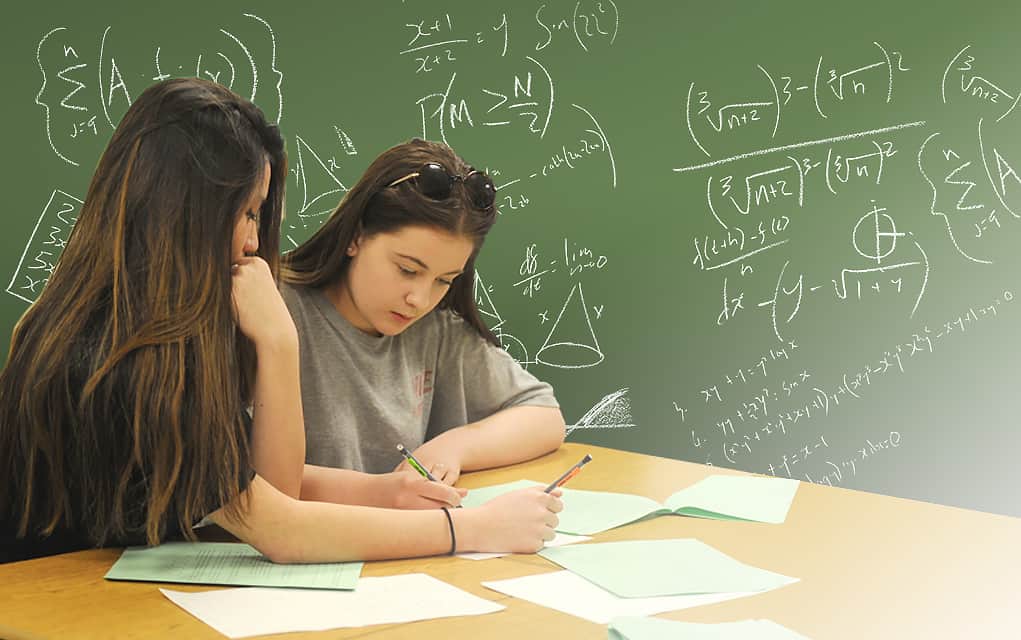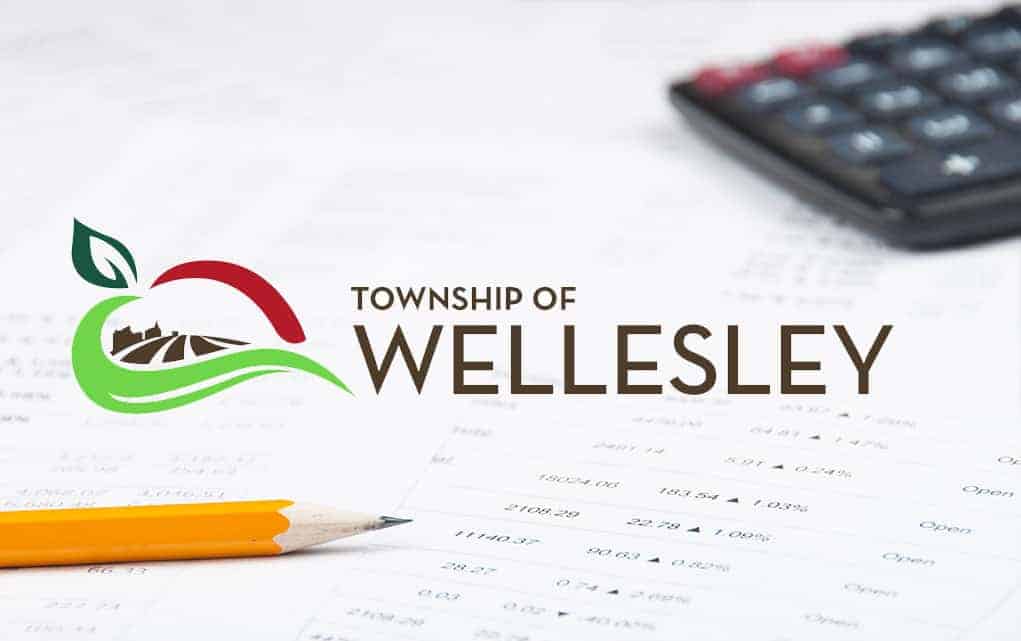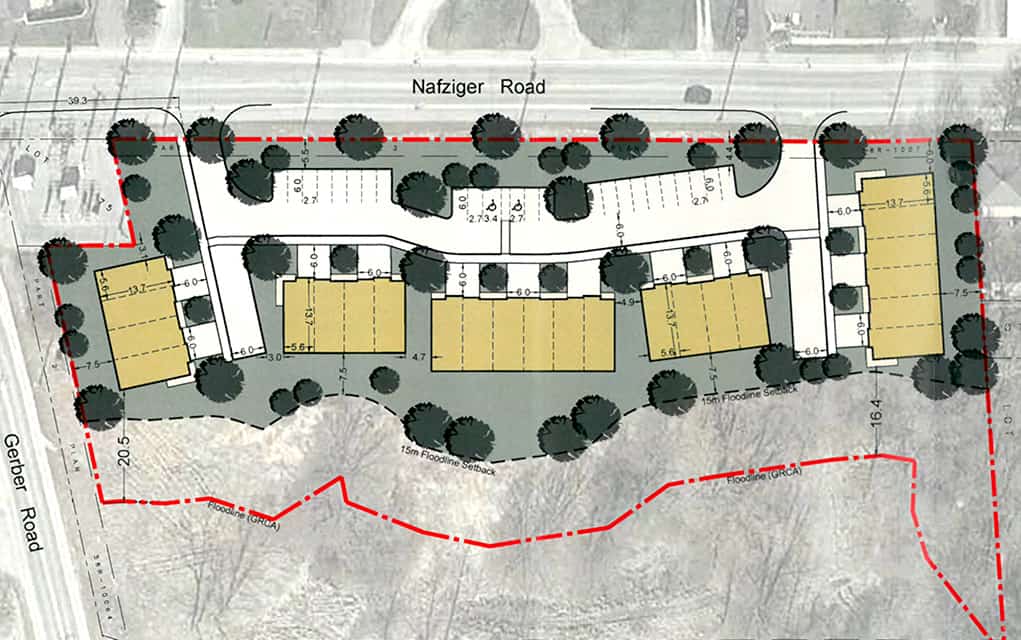Ontario students as a whole are holding steady in tests of reading and writing, but continue to struggle with mathematics, the latest results from the Education Quality and Accountability Office (EQAO) show.
Local schools have tended to do somewhat better, reflecting an elevated trend across the region.
The EQAO’s large-scale assessment measures the academic performance of students in reading, writing and math departments in Grades 3, 6, 9 and 10.
“There aren’t a lot of extreme changes from year to year,” said Norah Marsh, the chief executive officer of the EQAO. “But we did a see some decline this year, in particular, in elementary math and the OSSLT, the Grade 10 literacy assessment.”
Of the local schools, Elmira District Secondary School performed particularly well, with 82 per cent of Grade 9 students in applied math at or above provincial standards, and 93 per cent in academic math at or above the provincial standard.
Other notable areas were Grade 6 writing at St. Teresa of Avila, which scored 89 per cent, and Grade 3 writing at Floradale Public School at 87 per cent.
There were some noticeable areas for improvement, such as Floradale PS’ Grade 6 math at 46 per cent or math at John Mahood PS in Grade 6 with a score of 41 per cent. Particularly lower scoring categories of all ages followed the provincial trend – issues with math. However, the majority of the local schools did quite well overall on the EQAO tests.
This assessment is based on the collective results of the entire province of every age and assessment category. Five-year data results are often viewed to get a better sense of an ongoing pattern.
“When we were looking at the five-year results, we did flag Grade 6 math as well as the gap that continues for students in academic and applied math in Grade 9,” said Marsh.
EQAO staff recommends that school boards use the results of the personalized report to identify strengths as well as note which areas can be improved upon.
“The aim of EQAO data is to contribute to continuous improvement and accountability in our education system,” said Dave Cooke, chair of EQAO. “School trustees are ultimately responsible for student achievement, and EQAO results are one of the tools they can use to inform improvement planning.”
“We provide a bit of a provincial landscape to inform provincial dialogue,” added Marsh. “What we recommend for schools and districts is they take our results, and they put it with the data they have locally, more related to student engagement and well-being data so that they can create a composite picture what the experience is for students is within their district or within their school.
“This way, educators can know where they need to focus attention most predominantly, and where they have areas that they can learn from regarding really high success over time.”
For the Waterloo Region District School Board, results mirror the provincial standard. Students did relatively well of all ages in the reading and writing categories, ranging from 63 to 79 per cent at or above the provincial standard while struggling in math. Math results ranged from 41 to 57 per cent for Grades 3 and 6, and Grade 9 applied, with a drastic increase in Grade 9 academic math at 82 per cent.
EQAO has remained relatively the same over time, with the questions appearing on the assessment undergoing an extensive field testing process.
“We take expectations from the curriculum, and then we work with educators in Ontario,” explained Marsh. “They’ll create questions based on those expectations. Then the first stage of it is a cognitive lab which is just teachers and students working with those test questions and giving us feedback on them.
“If we get positive feedback and people respond well to them, then we put them out on the test as a field test item and see how it plays out across the province. If it plays out well, it will appear on one of our assessments. It’s quite a lengthy process to have a question appear on one of our assessments.”
Questions are then reviewed by a sensitivity committee that ensures the questions are not unintentionally alienating any students.









